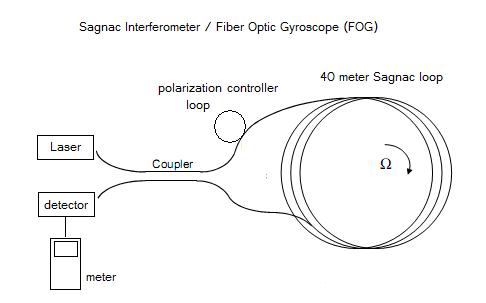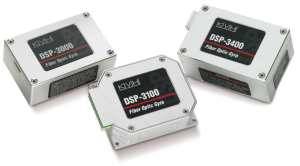

The gyroscope system determines the rotation rate by measuring the net phase difference between the two beams, which is proportional to the rotation rate.Ī high performance fiber gyro system must be able to accurately detect phase differences due to rotation, while minimizing or being able to compensate for phase differences due to other sources, such as temperature effects. In an optical gyroscope, two counter-propagating optical beams are brought into interference in a Sagnac interferometer after travelling around a fiber-optic loop. Interested? Please contact our dedicated FOG-team: fog at nedaero dot com or call us at tel.Fiber optic gyroscopes (FOGs) have many important applications in navigation and positioning systems, angular velocity sensors, stabilization equipment, and recently, in autonomous vehicle guidance backup systems for GPS-inaccessible areas. Conventional mechanic gyroscopes will be replaced more and more by this reliable and maintenance-free Fiber Optic version.įiber optic technology without moving partsĪnalogue voltage output and Build-In-Test functionality dynamic range, bandwidth, bias-stability, noise and physical/environmental specifications.

The modular design enables tuning of specifications to customer specific applications, e.g. It has a high reliability and has a forceful, robust design. The FOG contains no moving parts and has obviously hardly any signs of wear. This system operates autonomous from a GPS system. This system is called an Inertial Navigation System (INS). Once you connect the IMU to a computer, you can determine the orientation, positioning and speed of the object. The unit can be used for attitude control and navigation of missiles, drones, etc. An IMU shows the acceleration and angular rate in three dimensions. Three FOG’s can be combined with three acceleration meters to end up as an Inertial Measurement Unit (IMU). Whenever FOGs are placed along the x-, y-, and z-axes, angular rates are measured in three dimensions. By measuring the phase-difference of two light beams, a Fiber Optic Gyro (FOG) calculates the speed in degrees per second with which it provides the turn rate of one rotational axis. The base consists of a spool on which an ultra-thin glass fiber is winded in two directions.
#Fibre optic gyroscope simulator#
Other application examples comprise azimuth measurement of land vehicles, optics or antenna stabilization as well as high dynamical sensor platforms or other industrial purposes.Ī Fiber Optic Gyroscope can be used in aircraft and helicopters, but has also other application fields like ground vehicles, robots, optics or RF antenna stabilization and training simulator stabilization and high dynamical sensor platforms or other industrial purposes. Further application comprises Inertial Measurement Units and Navigation Systems. The sensor is suitable for flight stabilization and attitude control of aircraft, helicopters, drones and missiles. It’s a 100% European product whereby all materials are purchased from European suppliers.
#Fibre optic gyroscope series#
The FOG60 model has been successfully certified for a commercial airline program, and is now in series production. The (absolute) Scale-factor, Angle Random Walk and Bias Stability all have been improved.Īll models are available and ready for delivery from stock.Įarly 2018 NEDAERO has validated its Fiber Optic Gyro sensor for the aerospace industry. NEDAERO has a family of 3 FOGs with all unique specifications. Another key feature is that the design is ITAR free.Īt NEDAERO we are continuously striving to improve our products and innovative solutions. With this accuracy the FOG80N is suitable for high end stabilization and navigation solutions, which is often found in military applications. A new design has led to FOG70 and FOG80N, whereby FOG80N has a Stability Room Temperature of ≤ 0.2 °/hr. September 2020 – Our FOG-team is proud to announce that development of a High Performance Fiber Optic Gyro has been successfully completed. Successful development of High Performance FOG80N! The modular design allows a cost-effective realization of single or multiple sensing axis units. It provides turn rate for one rotational axis. NEDAERO introduces: the Fiber Optic Rate Sensor FOG The NEDAERO Fiber Optic Rate Sensor FOG is a small palm of the hand-sized rate sensor. NEDAERO’s FOG family FOG60, FOG70, FOG80N


 0 kommentar(er)
0 kommentar(er)
